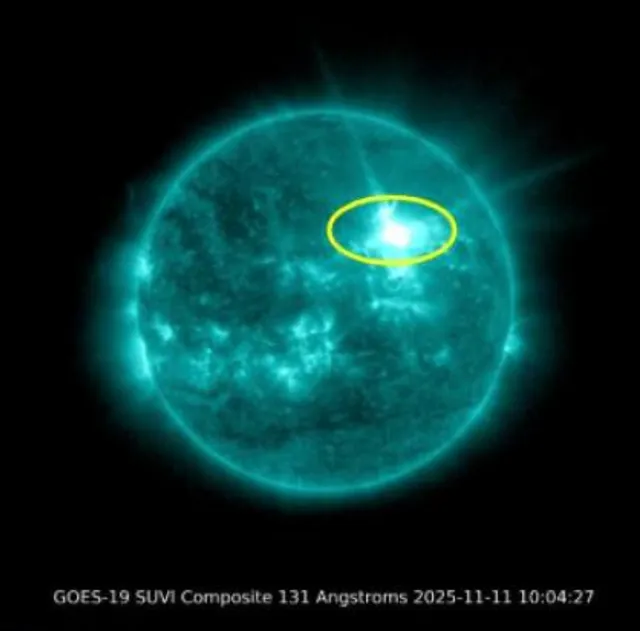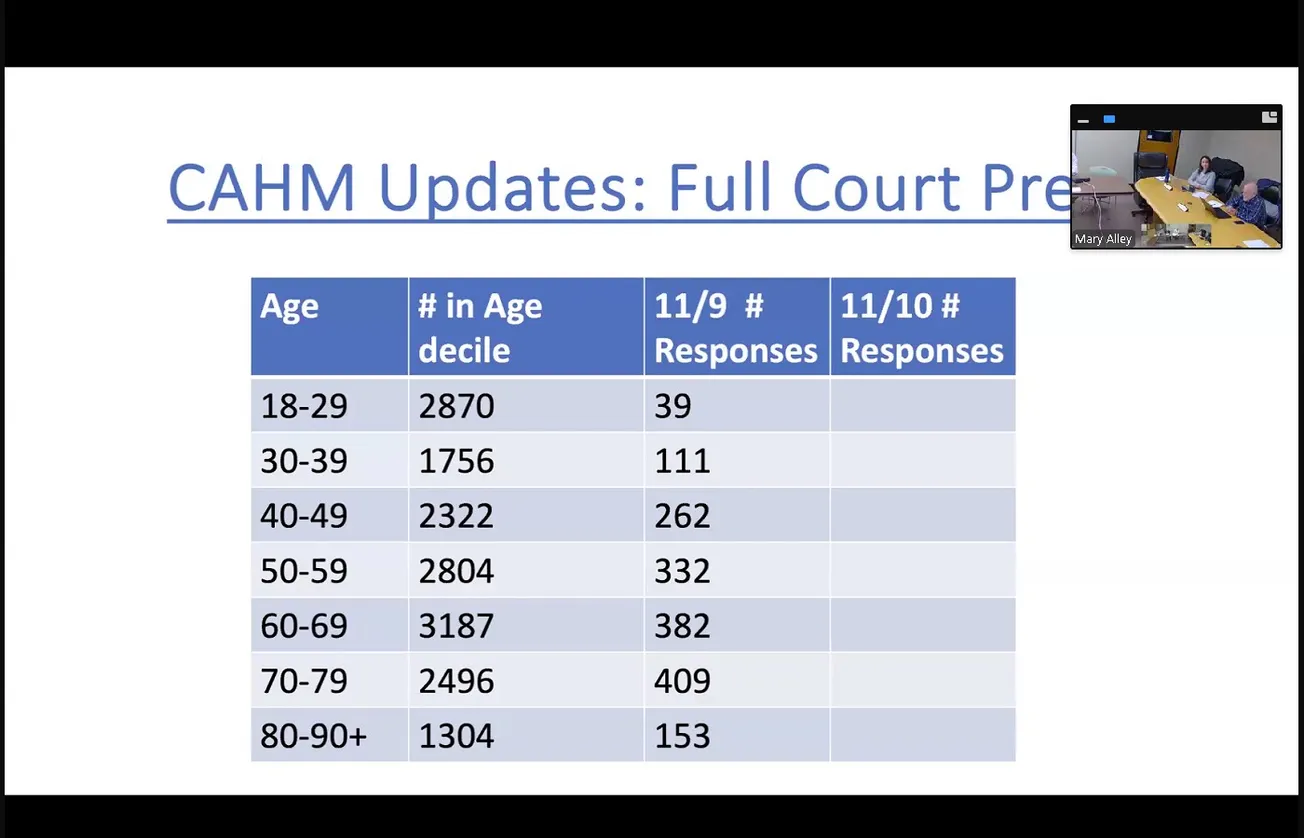Table of Contents
When the sky lights up, we’re here to explain why. When the town budget or coastline shifts, we’re here then too. Become a member ›
Vivid ribbons of green and crimson light swept across the night sky above Massachusetts Tuesday, visible from coastal neighborhoods to inland communities as a severe geomagnetic storm pushed the aurora borealis hundreds of miles south of its typical Arctic home.
Marblehead photographer Rick Cuzner captured the phenomenon from waterfront vantage points along the town’s rocky shoreline, documenting curtains of emerald and rose that stretched above darkened houses and calm harbor waters. The images show the characteristic glow of oxygen atoms colliding with charged particles 60 to 200 miles above Earth’s surface.

The display followed a massive solar eruption Monday morning. NOAA’s Space Weather Prediction Center reported that active region 4274 on the sun’s surface unleashed an X5.1-class flare at 5:04 a.m. EST, triggering a brief radio blackout on Earth’s daylight side. X-class flares represent the most powerful electromagnetic bursts the sun produces.
Within hours, satellite instruments detected a coronal mass ejection — a billion-ton cloud of magnetized plasma — racing toward Earth at speeds exceeding 1 million mph. The CME struck Earth’s magnetic field late Monday, escalating to G4 severe geomagnetic storm conditions by 8:20 p.m. EST, according to NOAA.
G4 events rank near the top of the agency’s five-level scale. Only G5 extreme storms produce stronger effects.
The timing and intensity compressed Earth’s magnetosphere, allowing energetic electrons and protons to penetrate deep into the upper atmosphere along magnetic field lines. When those particles collided with oxygen and nitrogen molecules, they released photons at specific wavelengths: green light at 557 nanometers from lower-altitude oxygen, red emissions at 630 nanometers from oxygen higher up and occasional purple or blue hues from nitrogen interactions.

Normally confined to latitudes near 65 to 70 degrees north, the auroral oval expanded south to roughly 40 degrees during the storm’s peak — a latitude band that includes Boston, New York and parts of the mid-Atlantic. Reports of visible auroras reached as far south as North Carolina.
The X5.1 flare ranks as the strongest eruption of Solar Cycle 25, which began in 2019 and is approaching its maximum phase. Forecasters expect increased solar activity to persist into 2026.
NOAA warned the storm could strain power grids at high latitudes, disrupt satellite operations and degrade GPS and high-frequency radio systems. The agency issued advance alerts to utility operators and aviation authorities.
Independent, reader-supported journalism means no paywalls, no algorithms — just facts, for everyone in Marblehead. Get the newsletter ›
No major infrastructure impacts were reported Tuesday morning, though minor radio disturbances affected some long-range communications.
Cuzner’s photographs document the storm’s progression through multiple exposures taken over several hours, showing shifts in color intensity and the auroral display’s gradual fade as geomagnetic conditions stabilized.
The event marked the second time in 2025 that severe space weather brought northern lights to southern New England, following a G5 extreme storm in May that illuminated skies as far south as the Gulf Coast.






